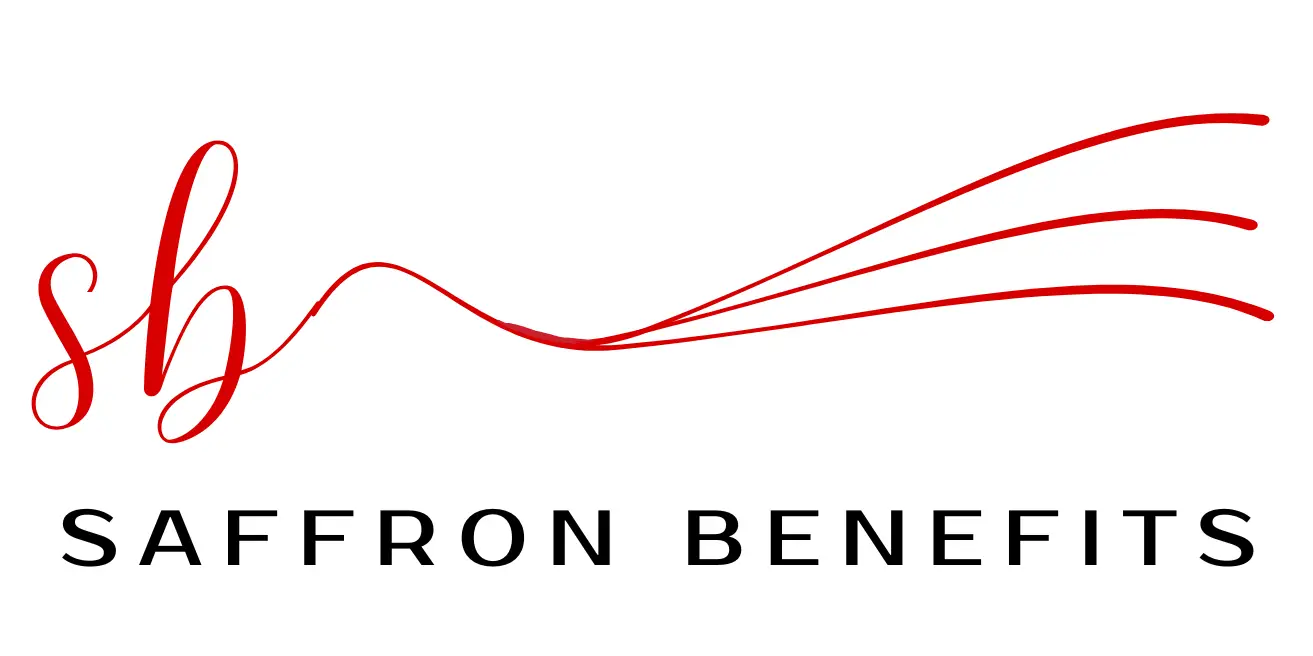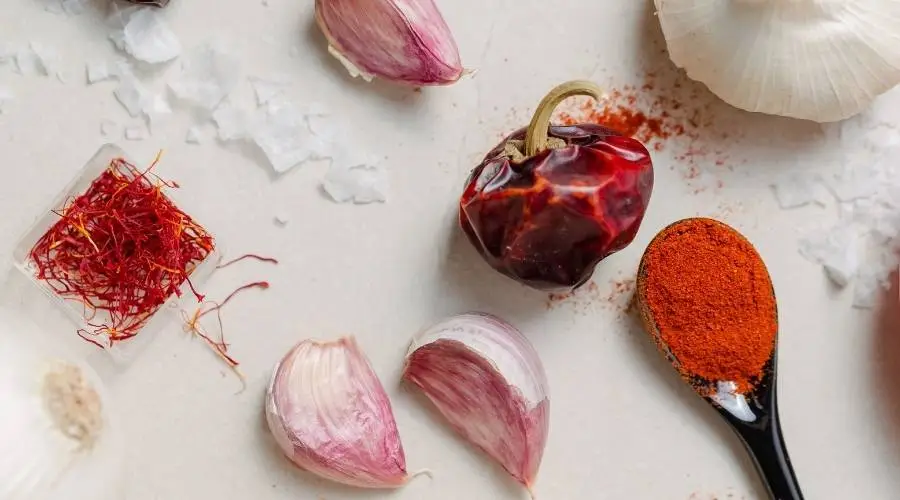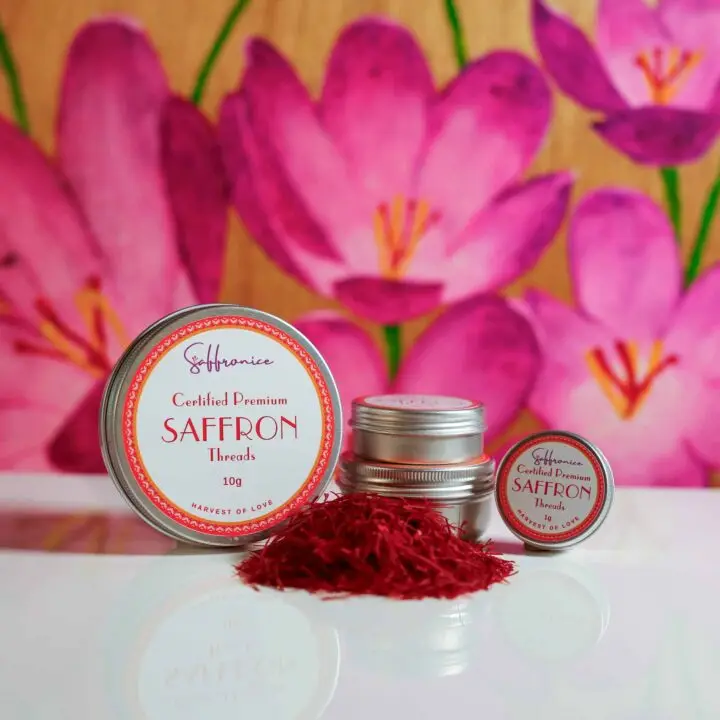📌 Quick Answer: Buy saffron online for convenience and global access to lab-tested quality, locally for immediate availability and sensory inspection, or wholesale for bulk needs and cost savings. Always verify authenticity through visual inspection, aroma testing, and quality certifications, regardless of purchase method.
Saffron is an ingredient that represents luxury and tradition. Known for its vibrant golden color and captivating scent, this valuable spice is an essential component in famous dishes throughout the Mediterranean, the Middle East, and Persia. Understanding what saffron is helps appreciate why it elevates every dish it graces, whether enhancing a rich risotto or adding complexity to subtle desserts.
When it comes to buying saffron, both enthusiasts and chefs have several strategic options:
- Saffron online: Easily browse premium selections with access to global varieties and lab-tested quality
- Local saffron purchase: Visit specialty grocers or spice markets for hands-on shopping experiences
- Wholesale saffron: Source in bulk for culinary businesses or passionate home cooks seeking value
Chef’s Professional Tip: After years of sourcing saffron for professional kitchens, I’ve learned that the best purchasing method depends on your specific needs—immediacy, quantity, quality verification, and budget considerations all play crucial roles.
This comprehensive guide explores each method of purchasing saffron, discussing unique benefits and factors to consider for optimal results in your culinary endeavors.
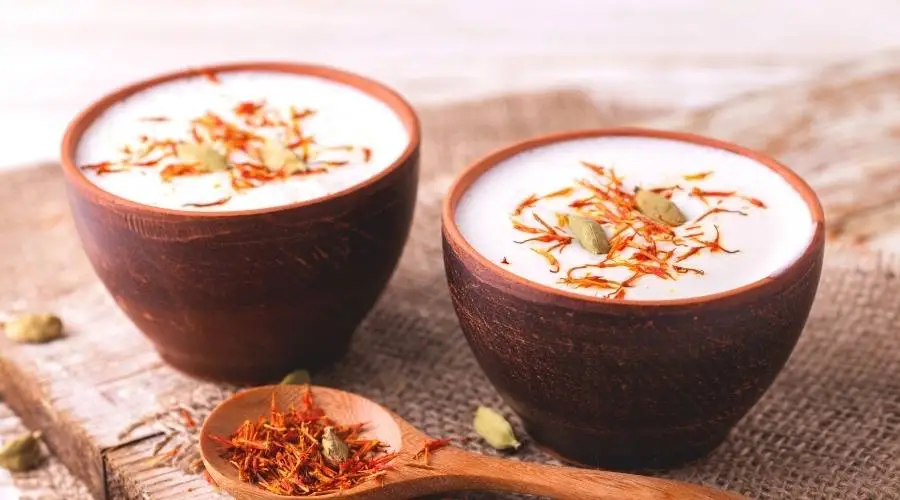
The Culinary and Cultural Significance of Saffron
Saffron is a rare ingredient that has influenced flavors, aromas, and colors in kitchens worldwide for centuries. Chefs and home cooks value its vibrant red strands not only for their richness but also for their incredible adaptability across diverse culinary traditions.
Mediterranean Dishes: Saffron’s Signature Touch
Paella Valenciana shines with golden color, each grain of rice infused with saffron’s distinct aroma. Risotto alla Milanese achieves its creamy brilliance through delicate saffron infusion, creating dishes that are both visually stunning and delicious. In Provençal bouillabaisse, saffron adds depth and aromatic complexity to fragrant broths.
Middle Eastern and Persian Masterpieces
Persian saffron cuisine showcases this spice in iconic dishes like Zereshk Polo (barberry rice) and Tahdig, where golden hues weave through fluffy grains and crispy crusts. Saffron rice dishes from various cultures demonstrate the spice’s versatility, from Middle Eastern biryani enhanced with cardamom and cumin to refined pilaf preparations.
Even Moroccan tagines benefit from saffron’s warmth, intensifying complexity when combined with cinnamon and coriander.
Saffron in Desserts and Beverages
The charm of saffron extends beyond savory creations. Saffron desserts elevate sweet experiences:
- Baklava: Flavored syrup infused with saffron threads adds aromatic richness
- Mahalabia & Fereni: Creamy custards become ethereal with floral notes
- Saffron Ice Cream: Velvety treats where color and fragrance delight senses
Saffron tea benefits extend to beverages, where even small amounts transform simple ingredients. A cup of warm milk or delicate tea becomes an aromatic wonder when touched by saffron’s golden essence.
Food Scientist’s Note: Saffron’s bioactive compounds—crocin, safranal, and picrocrocin—contribute not only to sensory appeal but also therapeutic properties, making quality sourcing essential for maximum benefits.
Benefits of Buying Saffron Online
Buying saffron online offers distinct advantages for gourmet food lovers and busy home cooks, combining luxury with practical convenience. Digital marketplaces provide access to the finest saffron varieties from around the world without leaving your kitchen.
1. Effortless Global Access and Convenience
Shopping from home eliminates searching local specialty shops or international markets. Simply browse, order, and await doorstep delivery, often with secure packaging protecting saffron’s delicate threads from light and moisture damage.
2. Premium Quality with Laboratory Verification
Leading online retailers frequently offer Grade 1 saffron—the highest standard—sourced directly from growers with ISO certifications. These sellers provide transparent lab-testing results, allowing verification of purity, coloring strength, and aroma before purchase.
Quality Indicators to Look For:
- ISO 3632 Category I certification
- Crocin content above 250
- Safranal levels between 20-50
- Third-party laboratory analysis reports
3. Comprehensive Price Comparison and Authenticity Assurance
Digital storefronts enable instant price comparisons across multiple vendors. Detailed product descriptions, high-resolution images, and customer ratings reveal authenticity indicators such as tamper-evident packaging or origin certificates. This transparency provides peace of mind when selecting premium saffron brands.
4. Access to Specialized Varieties and Rare Grades
Online platforms often stock specialized saffron varieties unavailable locally, including organic certifications, specific regional origins, and premium grades like Super Negin or Coupe classifications.
Professional Purchasing Tip: When buying saffron online, prioritize sellers offering detailed origin information, batch tracking numbers, and clear return policies for quality assurance.
Despite advantages, online shopping may include longer shipping times or limited tactile evaluation compared to physical inspection. However, for many buyers, laboratory-tested assurance and global selection access outweigh these minor inconveniences.
Advantages of Buying Saffron Locally
Purchasing saffron from local sellers offers distinct benefits that differ significantly from online convenience-driven approaches, providing immediate satisfaction and sensory verification opportunities.
1. Instant Gratification and Immediate Availability
Local saffron purchasing provides immediate access without shipping delays or package tracking. Culinary inspiration can come to life the same day you shop, particularly valuable when preparing time-sensitive recipes or entertaining guests.
2. Comprehensive Sensory Evaluation
The hands-on experience of examining saffron is invaluable. You can closely inspect delicate red threads in natural light, admire vibrant coloration, and evaluate subtle honey-like fragrance. This immediate quality assessment minimizes the risks of receiving aged or tampered products.
Visual Inspection Checklist:
- Deep red threads with orange-yellow tips
- Trumpet-shaped stigma ends
- Dry, brittle texture indicates proper processing
- Natural color variation within threads
3. Expert Guidance and Personalized Service
Local spice stores often employ knowledgeable staff with generational experience. They provide personalized recommendations, suggest regional dish pairings, and offer proper storage methods for maintaining quality. These interactions build trust and enhance appreciation for this luxurious spice.
4. Customized Quantity Options
Local retailers typically allow purchasing exact quantities needed, whether small amounts for intimate dinners or larger portions for hosting events. This flexibility prevents waste and ensures freshness.
5. Supporting Local Business Communities
Purchasing locally supports small businesses and maintains traditional spice trading relationships, preserving cultural knowledge and authentic sourcing practices.
Local purchasing creates immersive experiences connecting buyers with tradition, flavor, and authenticity while providing instant gratification for culinary creativity.
Wholesale Saffron Buying: Optimal for Large-Scale Needs
Wholesale saffron purchasing offers significant advantages for businesses and serious culinary enthusiasts requiring large quantities of this premium spice. Restaurants, hotels, and catering professionals often choose wholesale channels where per-unit costs drop dramatically compared to retail options.
Benefits of Wholesale Saffron Acquisition
Substantial Cost Savings: Bulk purchasing by ounces, kilograms, or larger quantities provides savings that accumulate with every order. This cost-effectiveness proves essential for businesses preparing large portions of saffron-intensive dishes like paella, biryani, or Persian tahdig.
Direct Source Access: Wholesalers often provide higher-quality varieties sourced directly from farms, ensuring better traceability and supply consistency. This direct relationship enables verification of saffron quality standards and farming practices.
Stable Pricing and Reliable Supply: Establishing wholesale supplier relationships helps maintain stable pricing and ensures timely deliveries. This reliability proves crucial for smooth commercial kitchen operations and menu consistency.
Premium Grade Availability: Wholesale channels frequently offer access to premium grades and specialized varieties not available through retail channels, including organic certifications and specific regional classifications.
Wholesale Purchasing Considerations
Minimum Order Requirements: Most wholesalers require minimum purchase quantities that may exceed individual consumer needs.
Storage Logistics: Large quantities require proper storage facilities, maintaining optimal temperature, humidity, and light conditions.
Quality Verification: Bulk purchases necessitate thorough quality testing and authenticity verification before committing to large orders.
The wholesale approach caters to efficiency and value, serving those whose culinary goals require both excellence and cost-effectiveness at scale.
Comparative Price Analysis Across Purchase Methods
Understanding price variations across different saffron purchasing methods helps consumers make informed decisions, balancing cost-effectiveness with quality requirements.
Online Pricing Advantages
Online shopping often emerges as the most cost-effective option by eliminating intermediaries and retail markups. Direct seller relationships reduce costs significantly:
- Lower overhead expenses without physical storefront costs
- Competitive pricing through vendor competition
- Bulk packaging options reducing per-gram costs
- International sourcing, accessing lower-cost producing regions
Local Store Pricing Factors
Local retail prices typically reflect additional costs:
- Retail markups covering storefront operations
- Limited competition in specialized spice markets
- Premium service justifying higher pricing
- Immediate availability commanding convenience premiums
Wholesale Pricing Structures
Wholesale channels offer volume-based pricing:
- Quantity discounts reduce per-unit costs
- Direct farm relationships eliminate multiple markups
- Contract pricing provides cost stability
- Quality grades affecting price tiers
Price Comparison Example (per gram):
- Online retail: $8-15
- Local specialty stores: $12-20
- Wholesale quantities: $5-12 (minimum orders apply)
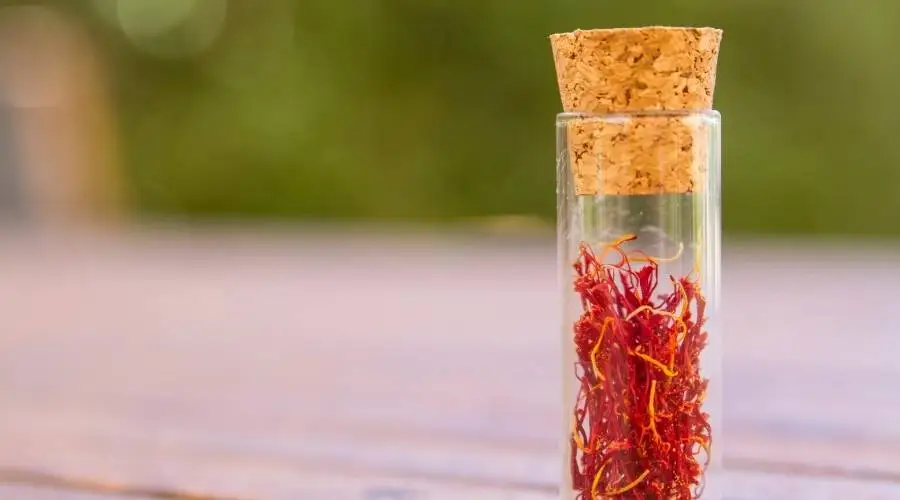
Ensuring Authenticity Across All Purchase Methods
Saffron’s high value attracts counterfeit products across all purchasing channels. Learning to spot fake saffron protects investments and ensures culinary success regardless of purchase method.
Universal Authentication Methods
Visual Inspection Standards: Authentic saffron threads display deep red coloration with orange-yellow tips. Purely red strands might indicate artificial coloring or lower quality grades.
Aroma Evaluation Protocol: Genuine saffron exhibits a distinct, potent aroma reminiscent of honey and hay with subtle metallic undertones. Weak or chemical scents suggest adulteration.
Water Test Procedure: Place several threads in warm water. Authentic saffron releases a golden-yellow color gradually over 10-15 minutes. Rapid color change indicates synthetic dyes.
Laboratory Verification: Professional saffron purity testing measures crocin, safranal, and picrocrocin content, providing definitive authenticity confirmation.
Purchase Method-Specific Verification
Online Authentication:
- ISO certification documentation
- Third-party laboratory test results
- Customer reviews mentioning quality
- Origin certificates and batch tracking
Local Store Verification:
- Physical thread inspection under natural light
- Aroma evaluation before purchase
- Staff knowledge and recommendations
- Return policies for unsatisfactory products
Wholesale Authentication:
- Sample testing before large orders
- Direct supplier facility visits
- Certification documentation review
- Quality consistency across multiple batches
Understanding saffron grading systems helps verify quality claims and avoid substandard products.
Professional Usage Guidelines for Purchased Saffron
Maximizing saffron’s culinary potential requires understanding proper preparation and application techniques regardless of purchase source.
Optimal Preparation Methods
Thread Activation Process: Learning how to cook with saffron effectively starts with proper thread preparation. Soak 10-12 threads in warm (not boiling) water for 10-15 minutes before incorporation.
Benefits of Proper Soaking:
- Enhanced color release creates beautiful golden hues
- Deeper flavor infusion as heat activates aromatic compounds
- Even distribution throughout the ishes
- Maximum extraction of bioactive compounds
Temperature Considerations: Optimal soaking temperature ranges between 140-160°F (60-71°C). Boiling water can damage delicate compounds and reduce aromatic potency.
Culinary Pairing Strategies
Understanding complementary flavor profiles maximizes saffron’s impact:
Grain Pairings: Rice preparations benefit most from saffron’s characteristics. Traditional dishes like paella, risotto, and biryani showcase ideal grain-spice relationships.
Protein Combinations: Chicken, fish, and lamb preparations gain luxurious depth from saffron infusion. The spice’s subtle bitterness balances rich proteins effectively.
Spice Harmonization: Saffron harmonizes beautifully with warm spices, including cinnamon, cardamom, and cumin, creating complex flavor profiles in traditional recipes.
Storage and Preservation
Proper post-purchase storage maintains quality and extends usability:
Environmental Controls:
- Cool, dark storage below 68°F (20°C)
- Airtight glass containers prevent moisture exposure
- Protection from direct sunlight and fluorescent lighting
- Separation from strong-scented spices
Quality Preservation Timeline: Properly stored saffron maintains peak quality for 2-3 years, with gradual potency reduction over extended periods.
Health Benefits and Therapeutic Applications
Beyond culinary applications, saffron’s health benefits provide additional value for quality purchases. Authentic saffron contains bioactive compounds supporting various wellness applications:
- Antioxidant properties combat cellular damage
- Mood enhancement through neurotransmitter modulation
- Anti-inflammatory effects supporting overall health
- Traditional medicinal applications validated by modern research
Quality sourcing ensures maximum therapeutic compound availability and effectiveness.
Making Informed Purchasing Decisions
Selecting optimal saffron purchasing methods requires balancing multiple factors, including convenience, cost, quality verification, and intended applications.
Decision Matrix Considerations
For Immediate Needs: Local purchasing provides instant gratification and sensory verification opportunities.
For Quality Assurance: Online sources with laboratory testing offer superior authenticity verification.
For Cost Efficiency: Wholesale channels provide the best per-unit pricing for large quantities.
For Specialty Varieties: Online platforms typically offer the widest selection of regional and premium grades.
Understanding premium versus regular saffron differences helps align purchase decisions with specific culinary requirements and budget considerations.
Final Selection Criteria
Regardless of purchase method, prioritize:
- Transparent sourcing and origin information
- Quality certifications and testing documentation
- Appropriate pricing reflecting authentic saffron costs
- Proper packaging protects product integrity
- Reliable supplier reputation and customer service
Conclusion
Successful saffron purchasing requires understanding the benefits and limitations of each acquisition method. Whether choosing online convenience with laboratory verification, local inspection with immediate availability, or wholesale efficiency for bulk needs, quality verification remains paramount.
The optimal approach balances convenience, cost-effectiveness, and authenticity through careful evaluation of available options. Online platforms excel in global access and quality documentation, local stores provide immediate satisfaction and expert guidance, while wholesale channels offer cost efficiency for large-scale requirements.
Regardless of the chosen method, prioritizing authenticity verification protects investments and ensures culinary success. Combining proper purchasing decisions with correct preparation techniques unlocks saffron’s full potential, transforming ordinary dishes into extraordinary gastronomic experiences worthy of this precious spice’s reputation.
FAQs (Frequently Asked Questions)
What are the main advantages of buying saffron online versus locally?
Online purchasing offers global access to lab-tested saffron with ISO certifications, price comparison capabilities, and doorstep delivery convenience. Local buying provides immediate availability, hands-on quality inspection, expert guidance from knowledgeable staff, and customized quantity options. Online excels in quality documentation while local offers sensory verification.
How can I ensure saffron authenticity regardless of purchase method?
Verify authenticity through visual inspection (deep red threads with orange tips), aroma evaluation (honey-hay scent), water testing (gradual golden color release), and certification documentation. Look for ISO 3632 compliance, laboratory test results, and transparent origin information. Avoid products with uniform coloration, weak aromas, or suspiciously low pricing.
Is wholesale saffron buying cost-effective for individual consumers?
Wholesale purchasing proves cost-effective for large quantity needs but typically requires minimum orders exceeding individual consumption. Restaurants, caterers, and serious culinary enthusiasts benefit from bulk pricing, but individual consumers should consider storage requirements and usage timelines before committing to wholesale quantities.
What quality standards should I look for when purchasing saffron?
Seek ISO 3632 Category I certification with crocin content above 250, safranal levels 20-50, and minimal foreign matter. Premium grades include Super Negin or Coupe classifications. Verify third-party laboratory testing, origin certificates, and proper packaging in airtight, light-protective containers.
How do prices compare across different saffron purchase methods?
Online platforms typically offer competitive pricing ($8-15 per gram) by eliminating retail markups. Local specialty stores charge premium prices ($12-20 per gram) for immediate availability and service. Wholesale channels provide the lowest per-unit costs ($5-12 per gram) but require minimum order quantities and proper storage facilities.
What are the best practices for storing purchased saffron to maintain quality?
Store saffron in airtight glass containers in cool, dark conditions below 68°F (20°C). Protect from direct sunlight, moisture exposure, and strong aromas. Avoid plastic containers or refrigerator storage unless properly sealed. Quality saffron maintains potency for 2-3 years when stored correctly.
